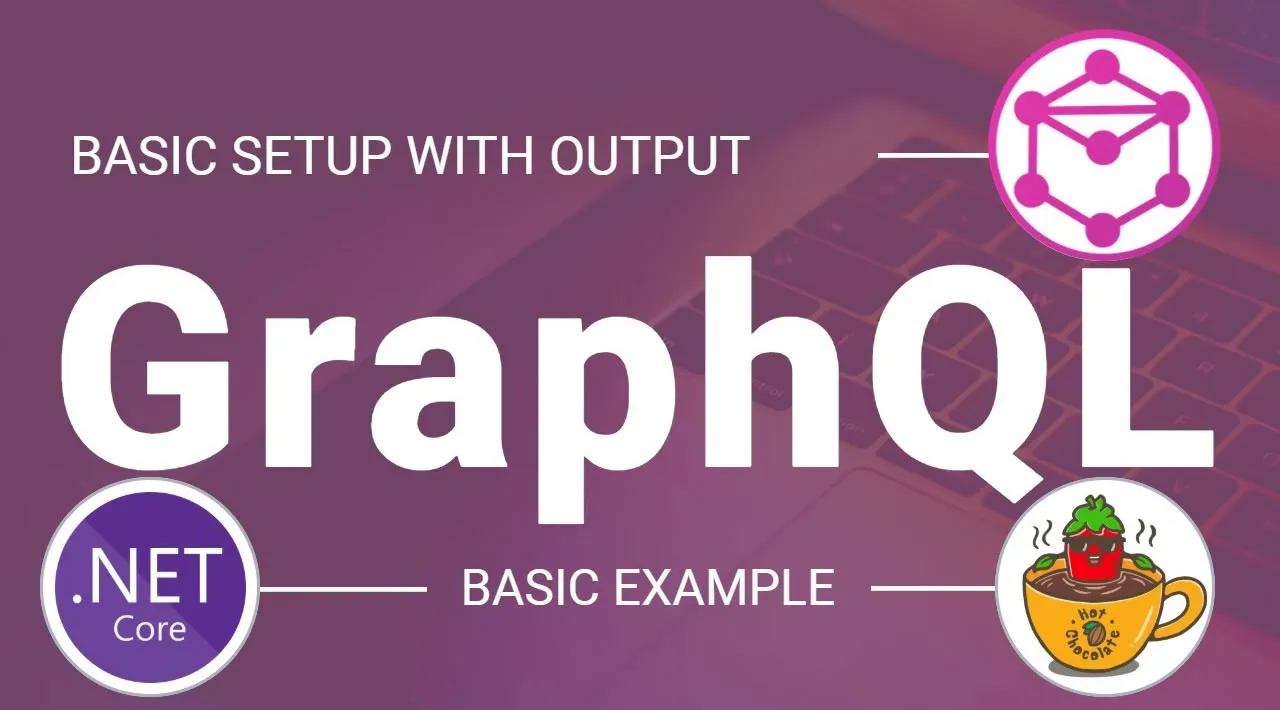We will create an API that presents a movie and its reviews. In GraphQL, queries are used to read data, and mutations are used to create, update and delete data.
Since I wrote my first GraphQL post in 2019, much has changed with GraphQL in the .NET space. The ongoing changes have also affected most of the documentation available online. This article will walk you through the steps to create a basic GraphQL API on ASP.NET Core using GraphQL for .NET, Entity Framework Core, Autofac, and the Repository design pattern. I chose the tech stack for the sample application based on the popularity of the frameworks and patterns. You can substitute the frameworks or libraries with equivalent components in your implementation.
If you are not familiar with the concepts of GraphQL, please take some time to read the learn series of articles on the GraphQL website. Let’s now fire up our preferred editor or IDE to get started.
Application: Movie Reviews
We will create an API that presents a movie and its reviews. In GraphQL, queries are used to read data, and mutations are used to create, update and delete data. To explore the CRUD operations on data, we will create two GraphQL operations as follows:
- Query to fetch a movie by its identifier.
- Mutation to add a review to a movie.
I will not cover GraphQL Subscriptions which are a way to create and maintain a real-time connection with the GraphQL server. This feature enables the server to push instant information about related events to the client. You can read more about Subscriptions on the Apollo docs website.
Source Code
For reference, the source code of the application is available in my GitHub repository.
#cloud #graphql #entity-framework #aspdotnet
